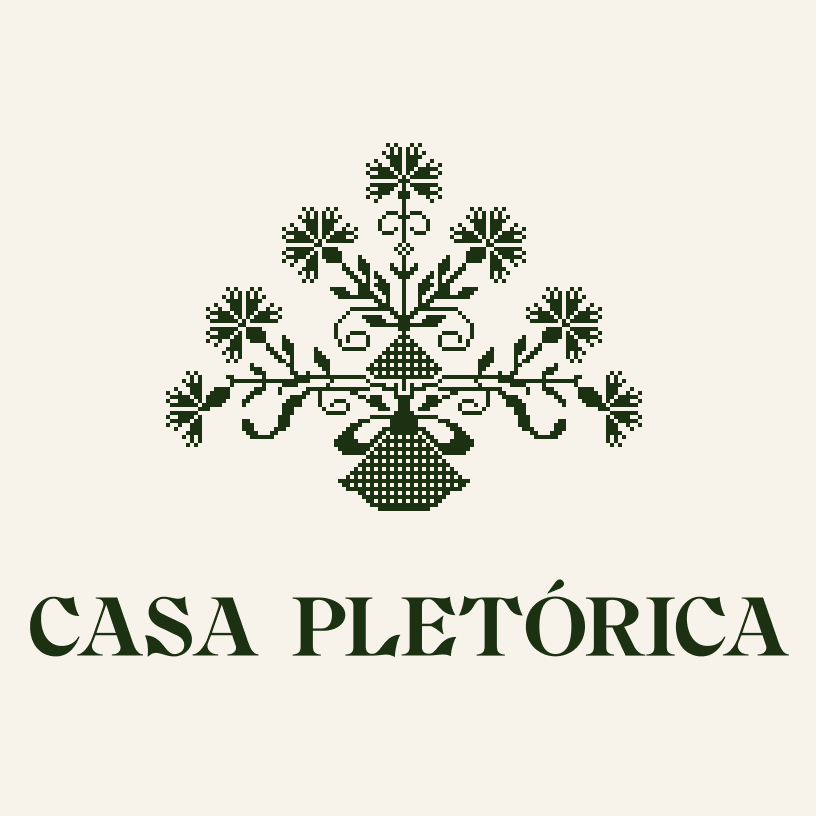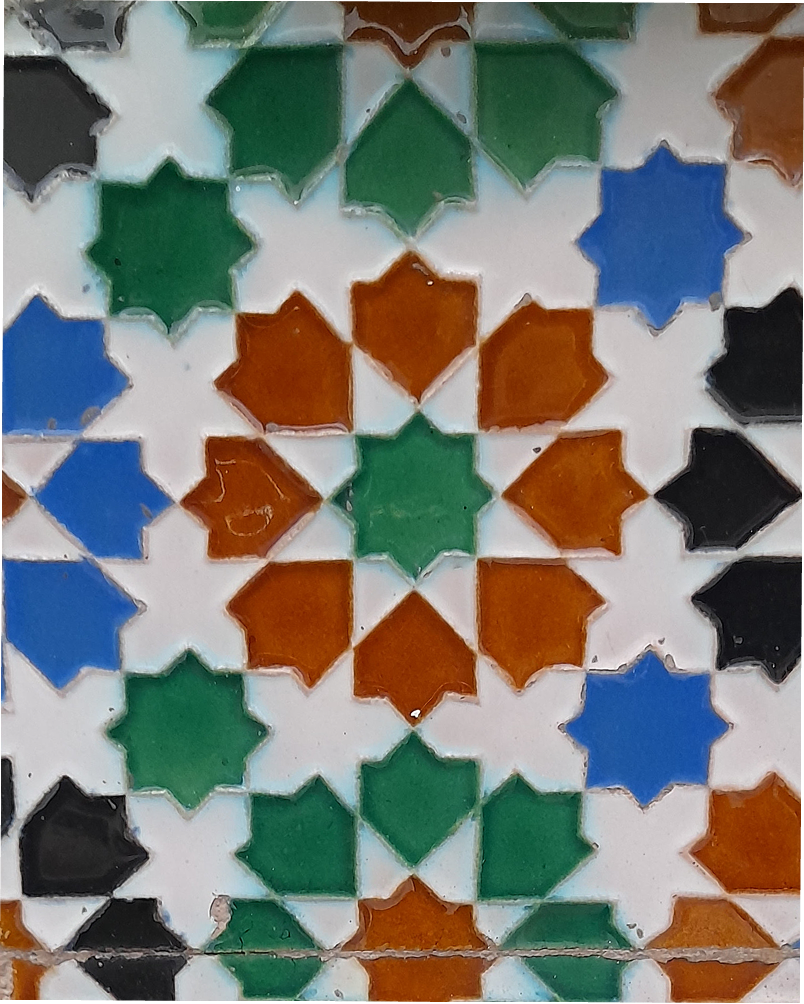Moorish tiles and decorative bowls liven up this Cotswold home
While the landscape around this country home sings of pastoral glory, its interiors are teeming with cosmopolitan flair. Unfussy in the best way, the décor blends traditional and modern. In a nook next to the kitchen, Spanish-style decorative pottery sets off against a modern table and chairs fashioned in the style of Finnish furniture designer Eero Saarinen. Antique carpets from grandparents, suzanis, and freshly-sewn cushions the owner made herself add pops of color throughout the house.
Granada-style lebrillos in green hang in a lovely 16th century Cotswold home
Despite its rural setting, the interiors of this 16th century millhouse reflect the owner’s worldly taste: a suzani hangs in the bedroom, Sicilian platters decorate the bath, Moroccan tiles tessellate the floor of the dining area.
The room she playfully calls her “geraniorium” reflects her love of Spanish and Moroccan cultures. In homage to her travels to Marrakesh, a city known for its lush gardens filled with fragrant jasmine, roses and geraniums, she filled this space with flowering plants. The floor here displays green and white Moroccan tiles in a herringbone pattern.
Given Morocco and Spain’s shared heritage, similar elements of Spanish culture spring to mind, from the love of bright geraniums to the legacy of Moorish azulejo tiles.
Azulejo tile: A symbol of a shared Moorish heritage
Morocco and Spain were part of the Andalusí empire that dominated the Iberian Peninsula from the 8th century until the Catholics reclaimed the land 700 years later. The similarities are especially poignant in southern Spain, across the border from Morocco.
Visit any ancient Andalusian town and you’re bound to find some azulejo tile underfoot. We still make this kind of glazed ceramic tile in both minimalist monochrome and complex polychromatic designs.
During Moorish times, Spanish households in the south used earthenware tiling in floors, wainscot, baseboard, window seats, and sinks. Besides their beauty, tiles also make interiors cooler — an absolute mercy in this semi-arid region.
We still make azujelo tiles like these from the Realejo Jewish Quarter. View the catalog here.
The Spanish lebrillo: A legacy of Hispano-Arab craftsmanship
Another emblem of Hispano-Arab culture in this room is the display of large Granada-style lebrillo bowls. Hung among climbing branches, these bowls feature the traditional motifs: a granada or pomegranate on one and a floral schematic pattern based on the Rama design on the other.
The traditional Granada lebrillo is a flat-bottomed basin that is broadly the shape of a frustum. Originally used for laundry and cooking, this decorative bowl has ascended to the place of an objet d’art.
Marrying craft and art, this handmade pottery features detailed decoration. Painted in the typical horror vacui style that Spanish ceramics inherited from the Moors, the authentic Granada lebrillo features geometric motifs, local birds and flora.
Our Rama Fajalauza Lebrillo
The city of Granada, the last remaining stronghold of Muslim rule on the peninsula, still thrums with Moorish influence. Techniques found here among the craftspeople — ironsmiths who make the farol granadino that resembles the eye-catching Moroccan lantern, potters who continue to paint motifs dating back to the 16th century — reflect this legacy.
Built in the 13th century, Granada’s Alhambra and the adjacent Generalife gardens remain the most faithful symbol of Morocco and Spain’s shared past.
A magnum opus of Moorish art, the Alhambra still dazzles with its handpainted coffered ceilings, its plaster mocarabes, a three-dimensional architectural element that, when repeated, resembles a giant honeycomb, and those brilliant azulejo tiles.
Despite the recapture of Andalusia, Moorish influence courses through Spanish culture. We see it in traditional crafts like pottery, in architectural monuments like the Alhambra, and even in everyday language where words like “ojalá” recall the Muslim invocation of God.
Granada Lebrillo featuring the traditional pomegranate design
We have 30+ lebrillo designs available ranging in size from 35cm to 80cm. For custom orders and bespoke wall mounts, please get in touch.




